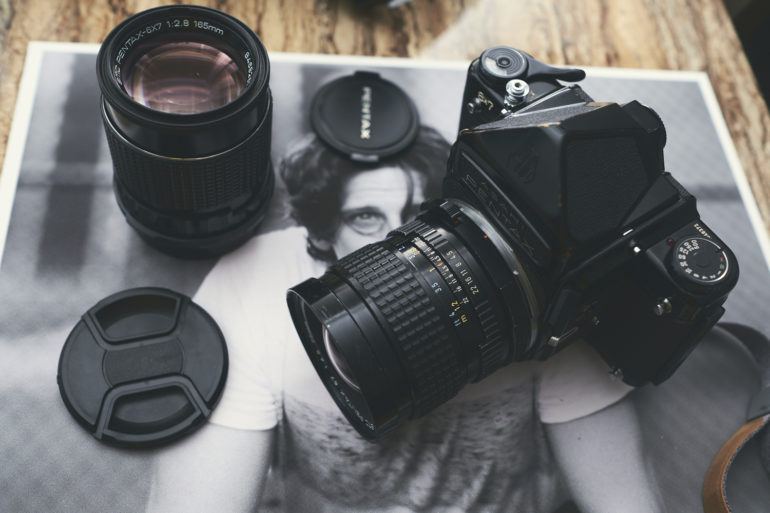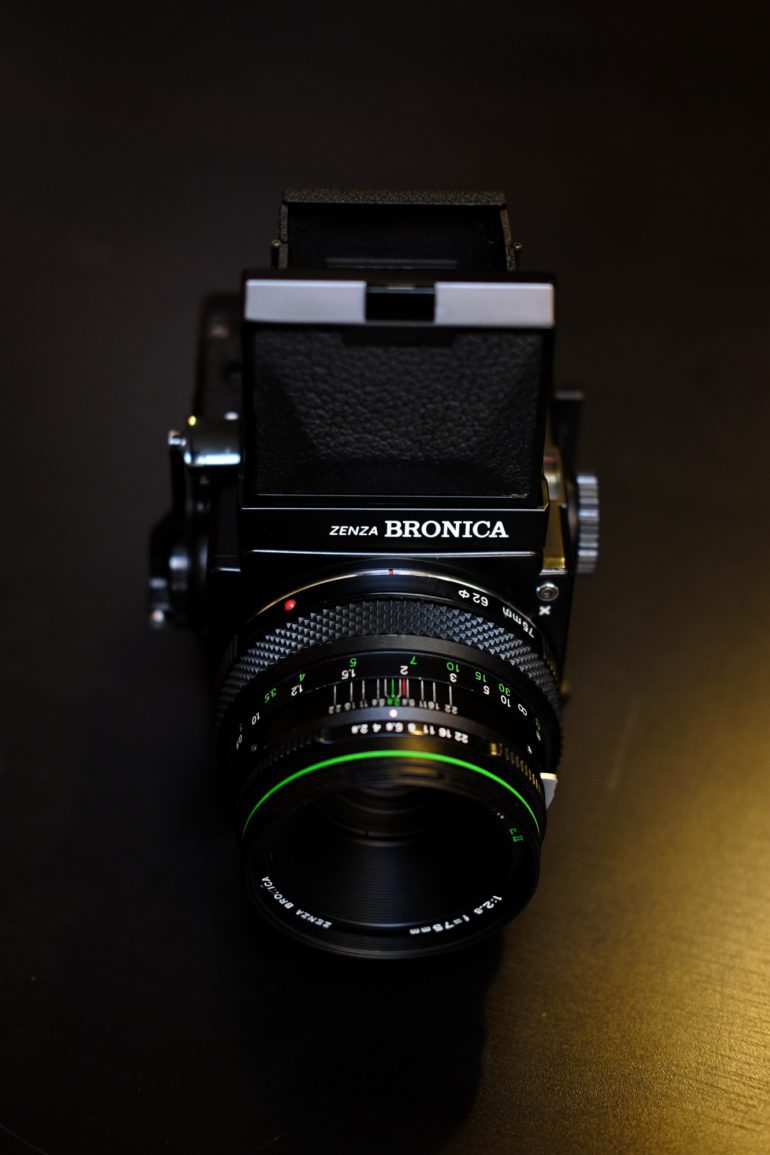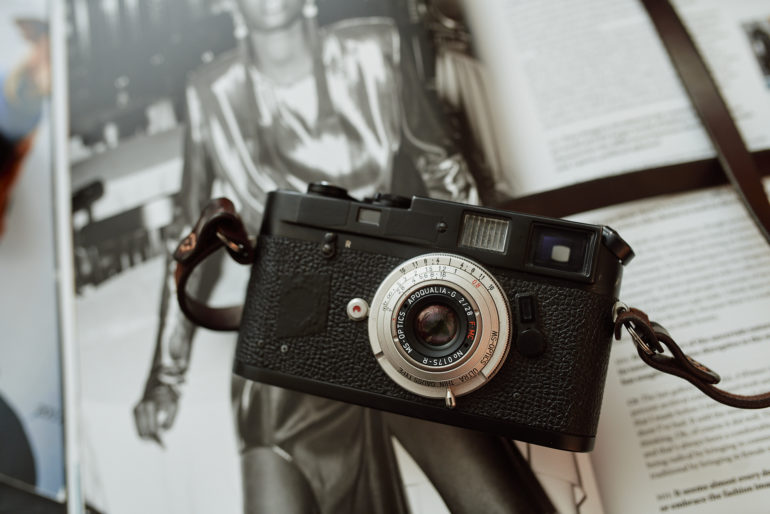
Spread the love
The beauty of using vintage cameras is not just in the images that they provide you, but the way the devices feel in your hand. The knobs, buttons, lever, and shutter sound can make your shooting experience even more engaging, while allowing you savor the moments as they come by. If you are a film photographer looking for exceptional vintage cameras, we bring to you a few of our tested devices, which will make your creative journey more exciting. Let’s dig in.
Mamiya RB67 Pro-S
A 6×7 medium format analog camera, the Mamiya RB67 Pro-S is a fully manual camera that allows you to shoot 120 film. This means the device is perfect for serious portraiture, studio, and landscape works, allowing you to become immersed in the details of the scene. There is no light meter built-in, while the aperture and shutter controls (up to 1/400 sec) are on the lens. Some of the things we enjoyed are the lens, the bright viewfinder, the built-in, and precise focusing.
Pentax 67

One of the most drooled-over vintage cameras, the Pentax 67 is a medium format device that shoots 120 or 220 film rolls. It also features a leaf shutter, a flash button, and we tested this with Pentax 45mm f4 and 105mm f2.4 lenses. The camera is also portable, has a good lens lineup, good diopters, various finders, and great depth of field preview. The leaf shutter makes it easy for a fast flash sync of 1/30th. Since it’s small, it makes it easy to shoot outdoors.
Bronica ETRS

The Bronica ETRS has a very different way of shooting. The camera allows both a non-metered waist-level finder and a standard shutter release, and one can shoot between 1/500 of a second to 8 seconds. There is a leaf shutter, and you can use Slow film stocks, narrow apertures, or ND filters for daytime shoots. There is also a button for batteries, so you can check if your camera will run out of battery soon. As we said, “On the whole, images coming out of this camera-and-lens combo are just beautiful, with that quintessential film look about them and nice subject isolation at wider apertures, where the system performs impressively.” The slow camera is ideal for artistic work and perhaps some memorable portraits.
Leica M4-P

If you talk about vintage cameras, you can’t leave Leica behind. The Leica M4-P is designed for professional photographers (as the P suggests), and it was designed in Canada, rather than Germany. The M4P has .72 magnification frames, seen in the Leica M6, and it was created from 1980 to 1986. It also lacks a light meter and can shoot at 3 fps. As we said in our review: “If you want to have the widest variety of frame lines per your favorite focal lengths, if you want a very reliable camera, if you want a number of shutter speeds, and if you want a Leica M mount camera with a great viewfinder, then there is very little that can beat the Leica M4-P.”
Why select this over the Leica M6? Well, when the electronics in the Leica M6 break, it basically becomes a Leica M4. So why not just go for the analog version to begin with?
Pentacon Six TL

One of the few vintage cameras called “SLR on steroids”, the Pentacon Six TL rivals Pentax 67. It shoots 6×6 frames, has a top viewfinder, and to advance the film, you have to turn the lever a total of 360 degrees. To test the camera, we used the Carl Zeiss 80mm f2.8, which worked wonderfully well for portraits. What you get is good square format images, a bright and accurate viewfinder, good for outdoor shoots, and the build quality is exceptional. However, the camera’s biggest challenge is loading and advancing the film, which requires patience.

